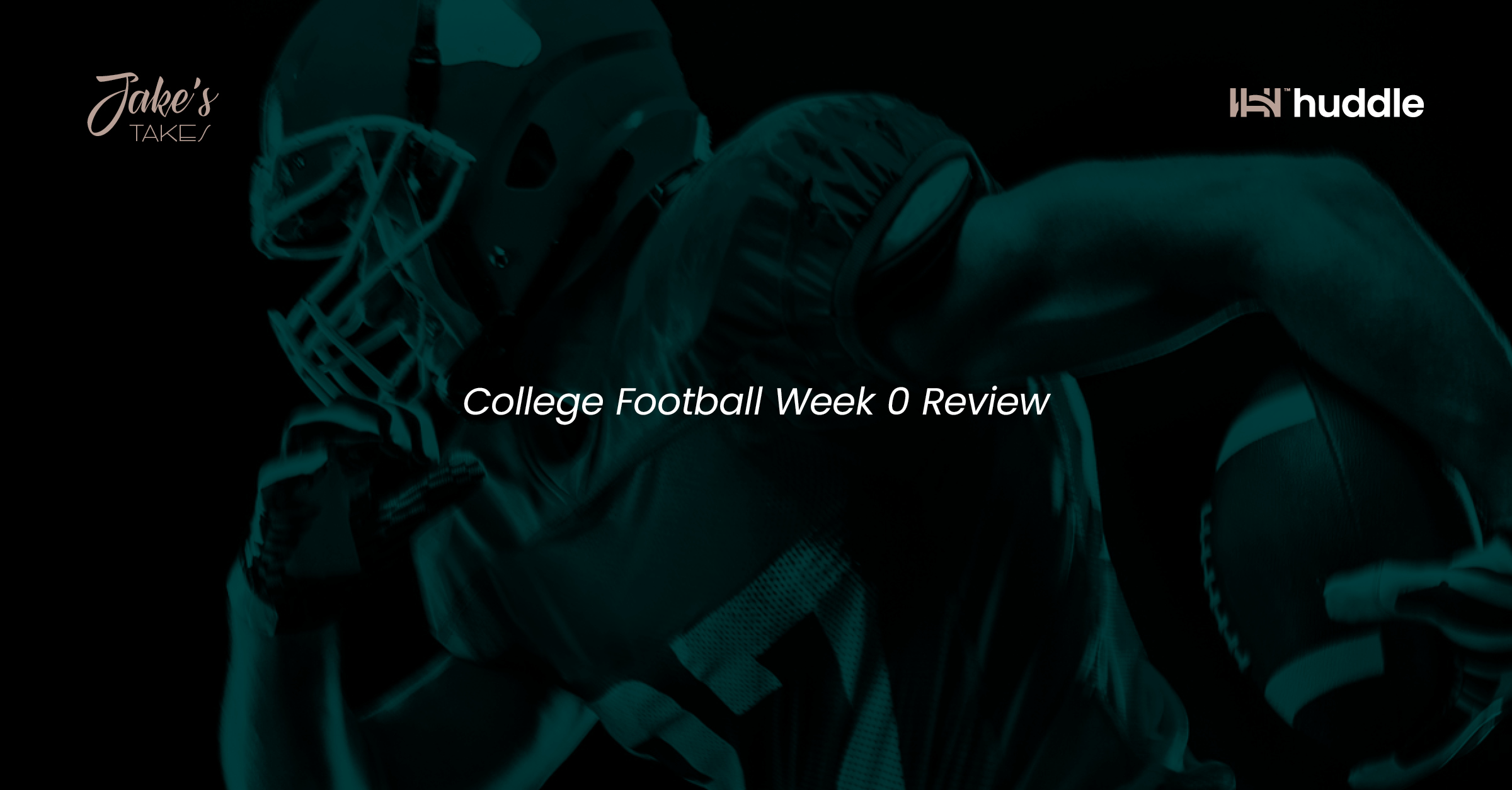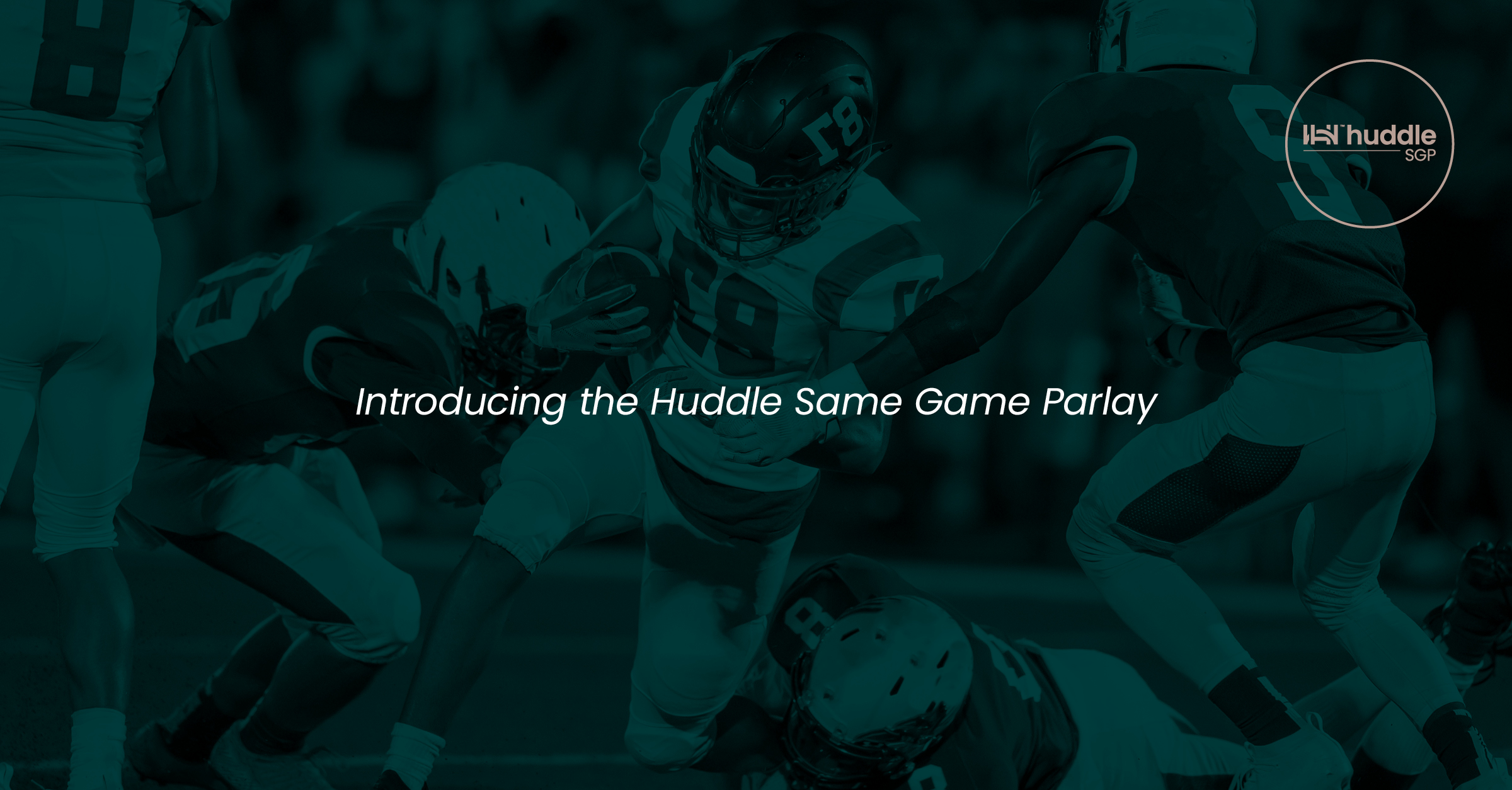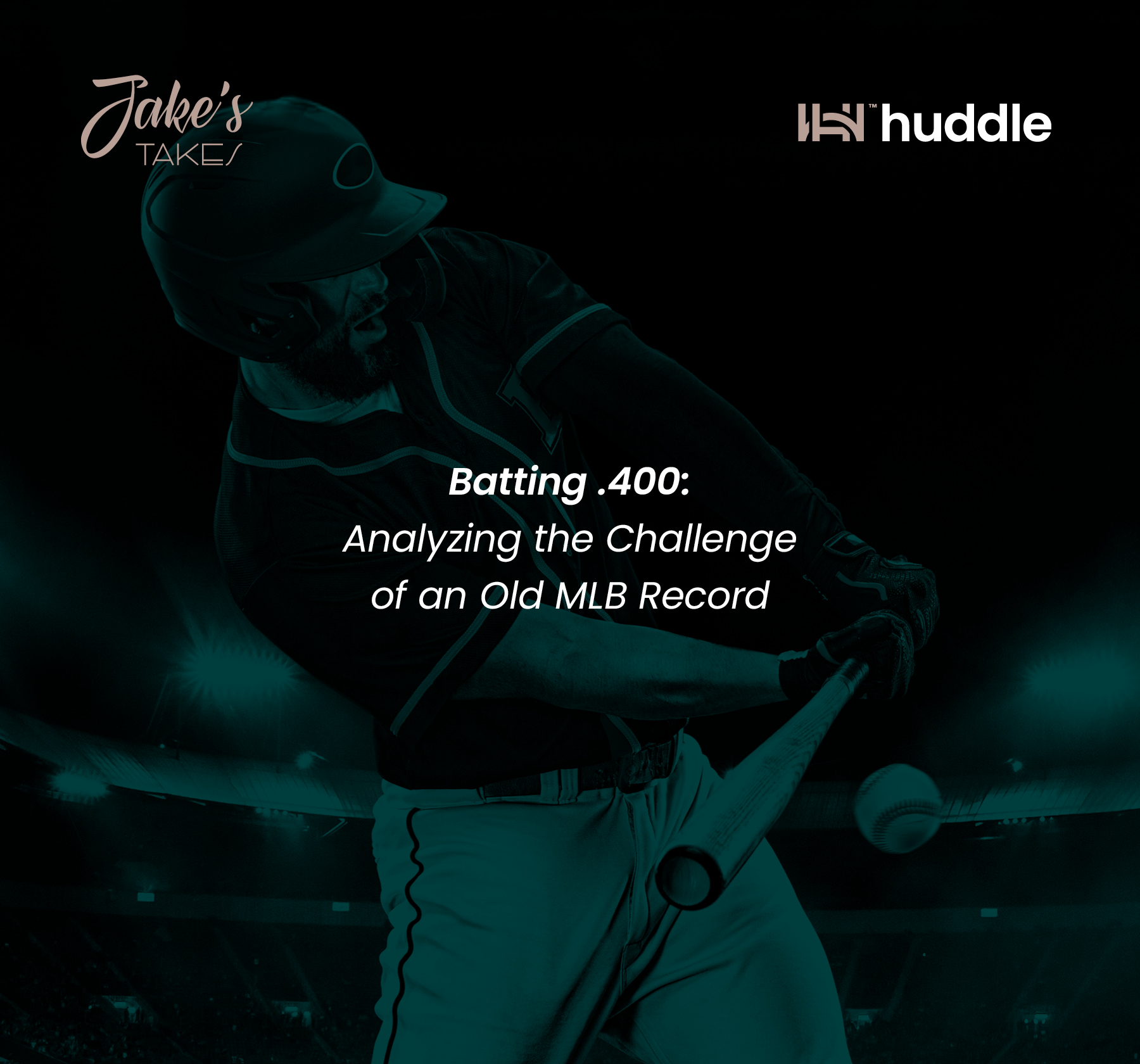
Jake’s Takes: How do Huddle’s traders approach NFL preseason?
Blog
Jake’s Takes: How do Huddle’s traders approach NFL preseason?
Jake Moszkowski is back on the Huddle Knowledge Hub with his weekly take on all things sports betting! This week, Jake looks at how the Huddle trading team will approach NFL preseason, line setting and what factors affect the pricing.
As the much-hyped NFL season nears its yearly return, Huddle is gearing up for another year of revolutionizing the betting landscape with their top-of-the-line predictive models. Traders are ready to leverage crucial insights and real-time data during games, while fans eagerly await their favorite players having a chance to shine.
When it comes to Huddle’s line setting, there’s a lot that has to be taken into account. As far as preseason line setting goes, one of the biggest things that the Huddle trading team has to account for is coaching tendencies. Unlike the regular season and postseason, where coaches routinely play only their best starters, the preseason is more of a trial run for younger players and veterans trying to latch on with a team. Sometimes in the preseason, coaches would rather practice offensive or defensive schemes versus coaching to win, so to speak.
Enjoying the Huddle Knowledge Hub? Don't miss a beat by getting every post delivered straight to your inbox every Friday.
Enter your email here to sign up.
For example, the Ravens had won over 20 consecutive preseason games, dating back to 2015. They were more likely to try harder to preserve that streak, so they have a tendency of playing better players deeper into games. There’s an element of understanding that also comes into play. For the trading team, you have available college data that you can use on first or second year players that are trying to break into the 53-man roster for an NFL squad, but there’s not as much available data on career journeymen playing in their tenth preseason. The traders have to account for why players are career backups - is it injury-driven, or is it just because they’re not good enough to be starters? This can be especially true for quarterbacks in the preseason - QB play is usually good or bad, with not much space in-between.
Preseason quarterback play is also a massive variable. Regular season games typically feature the starter for the majority of the game. Preseason games might feature a singular drive/possession for the starting QB, and then multiple other QBs get chances to lead prolonged drives. As a result, the model has to be adjusted to account for these new preseason variables. Certain things (like double digit comebacks) are less likely to occur in the preseason, where offensive efficiency doesn’t go up as often. On the flip side, a team winning in the preseason is less likely to be conservative as they might be in the regular season - as coaches are more likely to try new things during the effectively meaningless games.
Perhaps the most important thing to note in the preseason for the trading team is the most unfortunate - injuries. Injuries in the preseason have to result in adjustments to the Week 1 regular season line. In years past, companies have found their NFL Week 1 lines rendered askew by preseason injuries to important regular season players, and bettors do take advantage.
From a betting perspective, Over/Under (overs) are the most popular bets, with a higher percentage of bets being on the totals, versus the side. While you’re not likely to see player props en-masse in the preseason, there are definitely some young talents I’d recommend keeping an eye on this year.
Ever wondered what the betting models say about some of MLB's most famous feats? Look no further than the Huddle Knowledge Hub - Jake's Takes reviews the perfect game, batting .400 and more.
Some of the rookies and second-year players may only get a few looks at live, in-game action in the preseason, but I’ve ranked my top-10 “must-see” NFL rookies below.
- Bijan Robinson: The first running back taken off the board, Robinson joins a suddenly fearsome offensive triumvirate in Atlanta featuring wideout Drake London and tight end Kyle Pitts.
- Will Anderson: A terrifying pass rusher from Alabama, I fully expect Anderson to challenge for double digit sacks as a rookie.
- Anthony Richardson: The Indianapolis Colts took the inexperienced quarterback in the first round, but Richardson’s ceiling is impossibly high.
- Jalen Carter: Carter fell into a perfect situation, as the projected #1 overall draft pick fell all the way to Philadelphia at 10th overall. Now, Carter gets to learn from perennial defensive line stars like Fletcher Cox, Brandon Graham and Josh Sweat.
- Rashee Rice: The Chiefs added this YAC monster from SMU, and I’m super curious to see how he performs in the preseason.
- Zay Flowers: An electric wide receiver out of Boston College, reports are coming in that Flowers is the best wideout at Ravens camps at the moment.
- Sam LaPorta: Rookie tight ends don’t get mentioned much, but Iowa is about as close of a school to a tight end factory as you’ll find.
- Deonte Banks: Banks was favorably compared to Marlon Humphrey during pre-draft analysis, and now he gets to play for Humphrey’s old defensive coordinator in Wink Martindale for the New York Giants.
- Jakorian Bennett: Two Maryland corners in a row? Yes. I think Bennett can be this year’s iteration of Tariq Woolen, a toolsy, enormous cornerback that can be a ball magnet and playmaker from Day 1 onward.
- Daxton Hill: Hill is a second-year player, but he only played 131 defensive snaps in Year 1 despite being a first round pick. Both of the Bengals starting safeties (Vonn Bell and Jessie Bates) left in free agency, leaving the versatile Hill with big shoes to fill.














